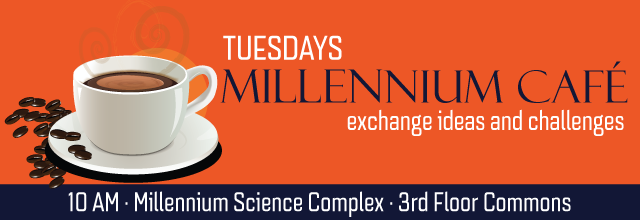
Microstructure characterization is often relegated to techniques that require extensive sample sectioning and surface preparation. Furthermore, these methods are limited to a small portion of the bulk material. In this presentation, I will show how elastic wave propagation methods (ultrasound) combined with physics-based models can be used to extract microstructural parameters in polycrystals over large areas. I will close with a broader outlook for applications of these techniques in various fields.
